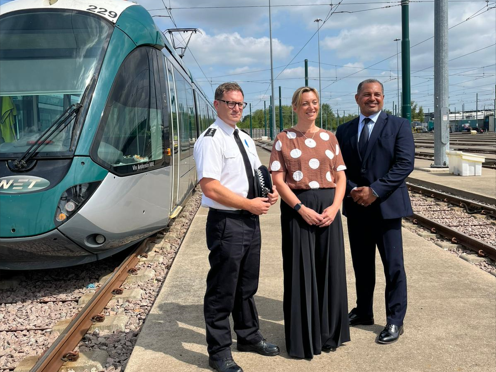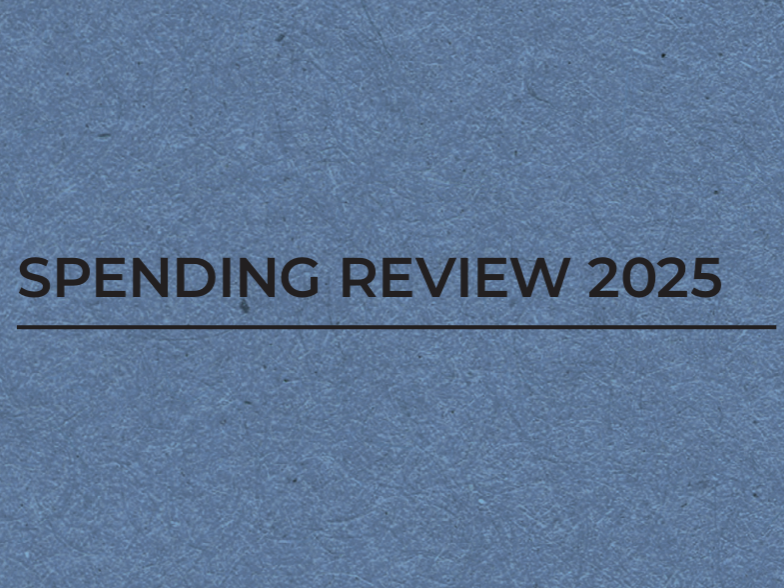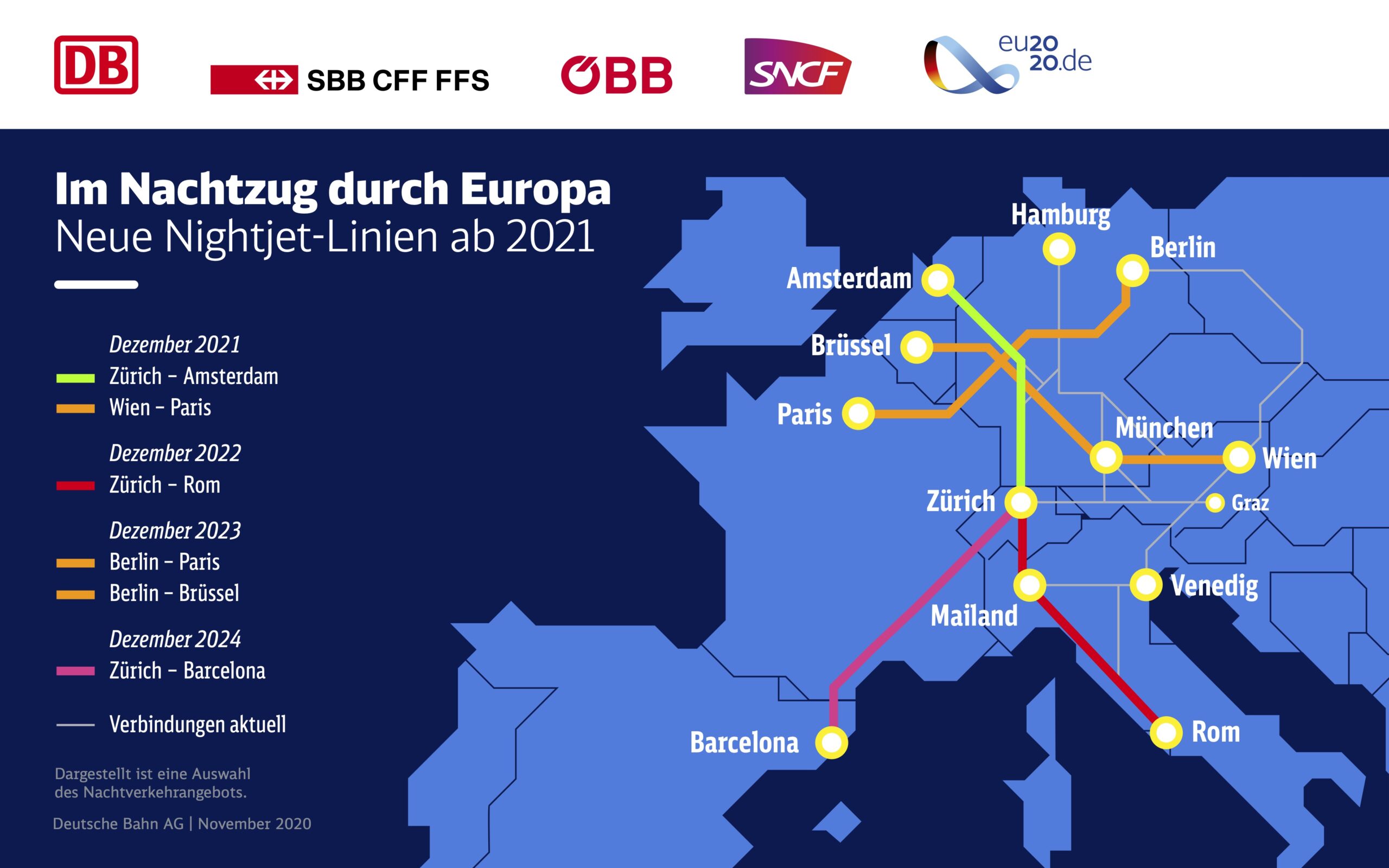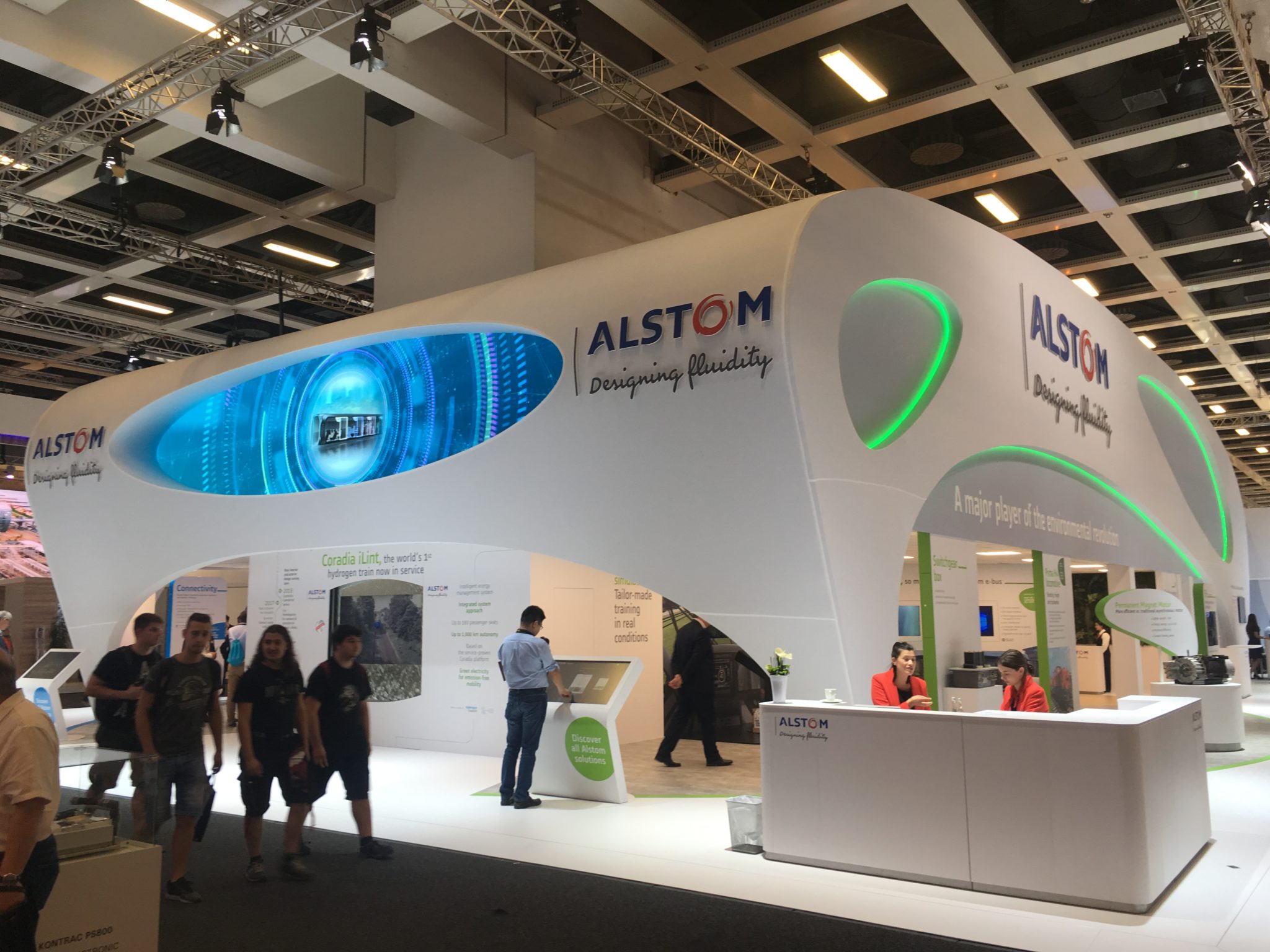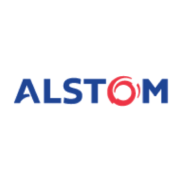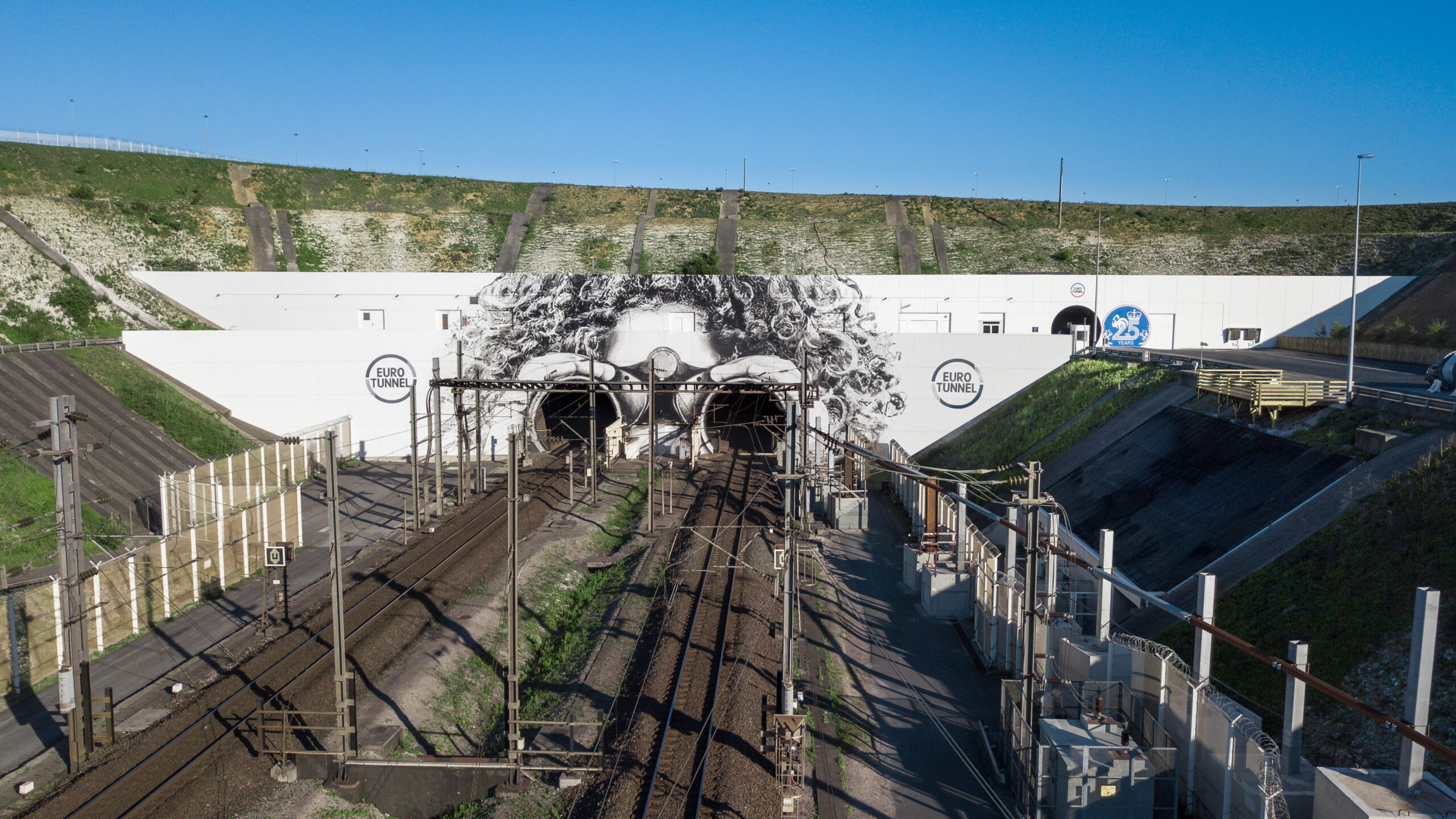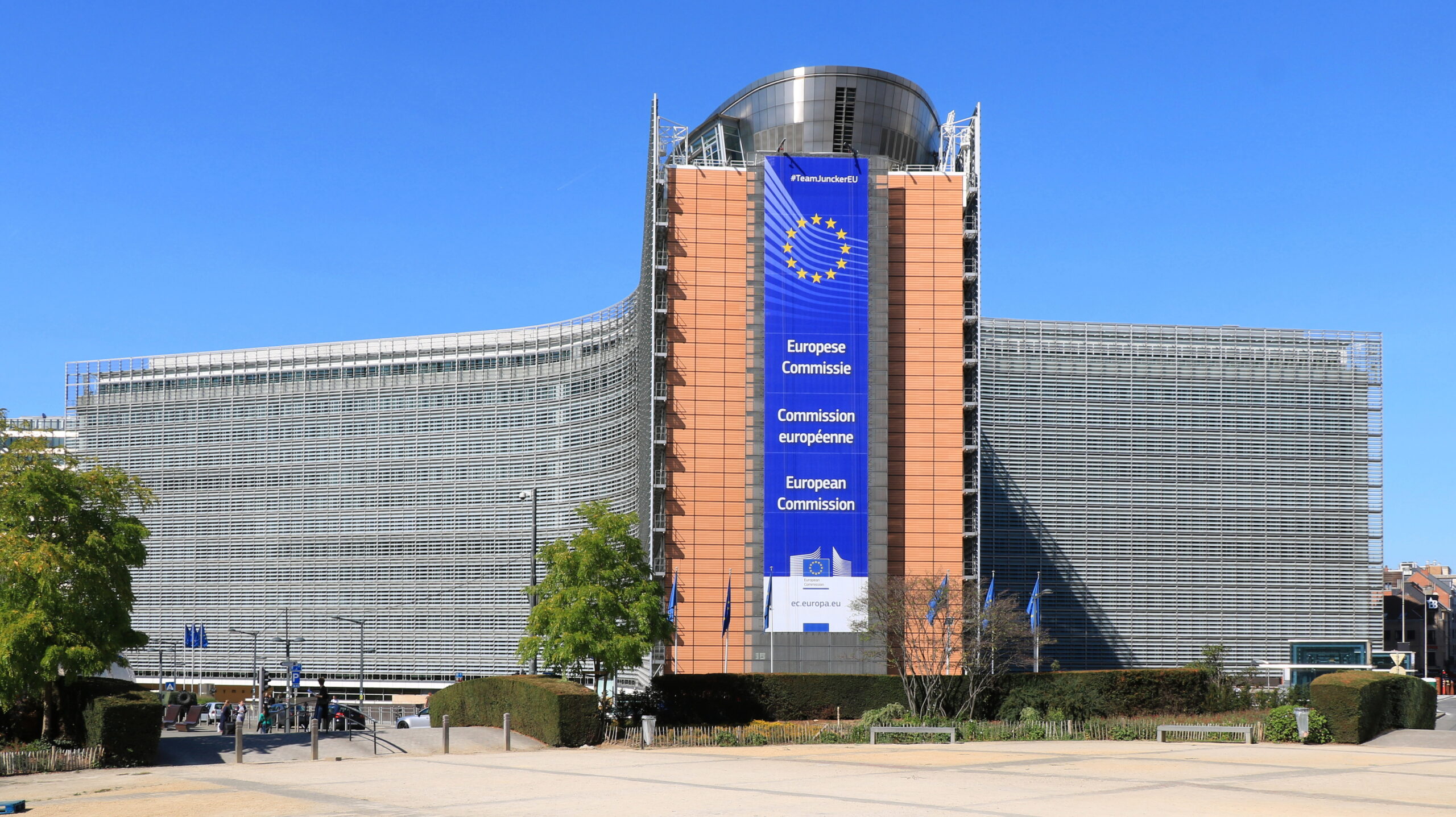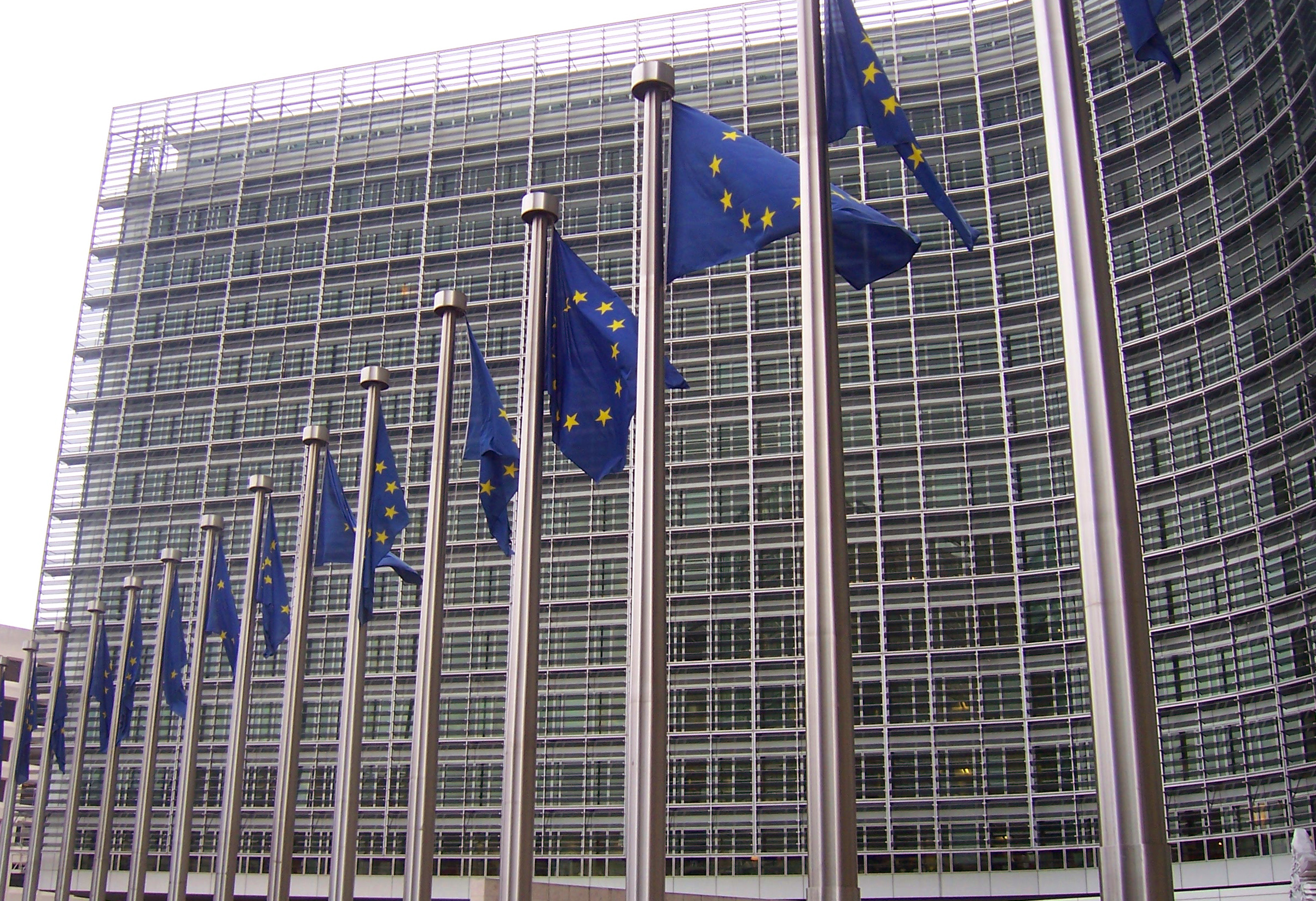The European Commission (EC) has unveiled its Sustainable and Smart Mobility Strategy – Putting European Transport on Track for the Future. What does it say about rail?
The aim of the strategy is to outline how the EU transport system can achieve its green and digital objectives and increase its resilience to future crises. The overall aim, as stated in the European Green Deal, is a 90% cut in emissions by 2050, which is to be delivered by a smart, competitive, safe, accessible and affordable transport system.
Unveiling the strategy, Executive Vice-President Frans Timmermans, responsible for the European Green Deal, said:I do believe what Adina and I present today has huge importance for the future of our continent. And I also think it is of immediate importance because of the important discussion the European Council is going to have on the 2030 Climate Target. For that, for us to be able to reach that, we need a Sustainable and Smart Mobility Strategy and we need a Climate Pact so that we keep everybody involved.
Just after the hottest November on record, it is clear that the need to tackle this climate crisis remains as high as ever.
Transport is one of the three sectors where more efforts are necessary. Emissions have been going up as you know and we need to find a clear downward trend if we are to achieve climate neutrality.
Now to be crystal clear about this: needs for transport, whether it's goods or people, will increase. I don't know about you but I certainly feel a need for transport to go and see my loved ones, which I can't do right now. And I believe I am in the company of hundreds of millions of Europeans who need to move. That necessity will not diminish, it will increase.
The challenge we face is to try and make sure that the needs of Europeans are met and at the same time the carbon footprint of transport is decreased. And for that you can't just you know tweak issues such as emissions, you need a holistic approach and look at everything that is linked to the need for transport.
Sustainable and Smart Mobility Strategy
The strategy noted several milestones that can measure how on track the European transport system is with these objectives. With regard to rail, the milestones are as follows:
- 2030:
an increase of rail freight traffic of 50 percent
a doubling of high-speed rail traffic across Europe
rail and waterborne-based intermodal traffic to be able to compete on an equal footing with road-only transport in the EU by internalising external costs - 2050:
a doubling of rail freight traffic
a tripling of high-speed rail traffic
In order to reduce greenhouse gas emissions by 90 percent by 2050, two things need to happen: 1) there needs to be a modal shift for both people and goods to use less polluting options; and 2) all modes of transport must be made less polluting. The level of pollution generated by a particular mode of transport should also be taken into account in the ‘polluter pays’ and ‘user pays’ principles, meaning that polluters should pay for their negative externalities.
For this vision to become a reality, the strategy identifies ten flagship areas with actions to guide policy, of which five in particular have rail-focused suggestions.
Flagship 1: Boosting the uptake of zero-emission vehicles, renewable & low-carbon fuels and related infrastructure
Discussing the decarbonisation of the rail network, the strategy notes that railway lines should be electrified wherever possible. Should that preferred option not be viable, the use of hydrogen should be increased.
Flagship 3: Making interurban and urban mobility more sustainable and healthy
The Commission proposes the construction of more high-speed rail lines on short-haul routes so that passengers have carbon-neutral choices for travel below 500km. When the high-speed line between Barcelona and Madrid opened, the modal split shifted from 85 percent plane / 15 percent train in 2008 to 38 percent air / 62 percent rail in 2016. A central aspect of flagship 3 is the European Year of Rail, which the Commission says is a great opportunity for Member States and the Commission along with the rail sector to boost cross-European connections. The Commission will propose an action plan to boost long-distance and cross-border rail services in 2021.
The Commission further says that the Fourth Railway Package will open up rail markets to competition, which will in turn make train operators more responsive to customer needs. Furthermore, harmonised EU-wide vehicle approvals will cut costs for cross-border trains.
The Commission also wants to improve the Single European Rail Area and expand the rail market. As part of this, it wants cross-border tickets to become easier to purchase. As a result, the Commission will propose regulatory measures to enable tickets that combine different transport modes to give passengers true options for door-to-door travel.
Flagship 4: Greening freight transport
The European Green Deal intends for a large part of the 75 percent of inland freight currently transported by road to shift to rail and inland waterways. There has actually been a drop in rail freight’s share, from 18.3 percent in 2011 to 17.9 percent in 2018.
Flagship 6: Making connected and automated multimodal mobility a reality
The Commission has reaffirmed its commitment to the European Rail Traffic Management System (ERTMS). Further efforts towards developing train automation are needed, it says, e.g. through joint undertakings like Shift2Rail. The Commission wants to update the technical specifications for interoperability (TSIs) to enable rail automation and traffic management on cross-border main lines. These TSIs are to cover technologies such as 5G and satellite data. All of this will also help with the Future Railway Mobile Communication System (FRMCS).
Flagship 8: Reinforcing the Single Market
High-speed rail projects such as the Paris-Brussels-Amsterdam and Cologne network as well as the Øresund bridge connecting Denmark and Sweden highlight the need to complete projects such as Rail Baltica, Lyon-Torino, Y-basque, Fehmarn, Brenner, Dresden-Prague, Vienna-Bratislava-Budapest, Seine-Scheldt and many others without delay.
The Commission also says it will look into the current rules on track access charges and whether they offer the right incentives to boost competitive markets and the attractiveness of rail.

















